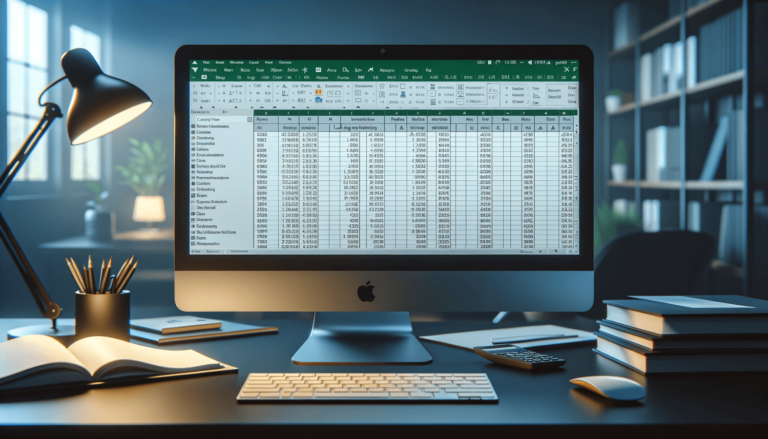Move Excel Rows to Top: Easy Steps

Managing data in Microsoft Excel can sometimes become a tedious task, especially when dealing with large datasets. One common challenge is arranging rows so that certain entries appear at the top of your spreadsheet. Whether it's due to sorting a list in a particular order or highlighting important entries for easy access, moving rows to the top in Excel is a skill worth mastering. In this detailed guide, we'll explore various methods to achieve this effectively, along with insights on why and when you might want to do this.
Why Move Rows to Top in Excel?

There are several reasons why you might want to move rows to the top of an Excel spreadsheet:
- Visibility: Placing crucial data at the top ensures that it’s seen first, reducing the time needed to find it.
- Prioritization: In project management or tracking tasks, prioritizing certain rows by placing them at the top can help in focusing on what’s most important.
- Sequential Order: Sometimes, data needs to be in a particular order for analysis or presentation purposes.
- Highlighting: Moving rows to the top can visually highlight critical entries or segments of data.
Method 1: Using Cut and Paste

This is the simplest approach for moving rows to the top if you only need to move a few rows:
- Select the row(s) you wish to move. Click on the row number(s) on the left side of the spreadsheet.
- Right-click and choose Cut, or use the shortcut Ctrl + X on Windows or Command + X on a Mac.
- Select the row where you want the moved row(s) to appear by clicking on its number.
- Right-click and select Insert Cut Cells. Alternatively, you can use Ctrl + Shift + = to open the Insert dialog box and choose to shift cells down.
📝 Note: Moving rows with data already in the destination will overwrite the existing content unless you insert the rows first to shift existing rows down.
Method 2: Sorting to Move Rows

If you need to move several rows based on specific criteria, sorting can be an efficient method:
- Insert a temporary column (e.g., ‘Priority’) next to your data.
- In this column, enter values like ‘1’ or ‘High’ for rows you want at the top, ‘2’ or ‘Low’ for the rest.
- Select all your data, including headers, and click on the Sort & Filter group in the Data tab.
- Sort based on the ‘Priority’ column in ascending order (or descending if using text labels).
- After sorting, you can delete or hide the temporary column if it’s no longer needed.
🔍 Note: Be cautious when sorting with mixed data types, as Excel might interpret numbers and text differently during the sort process.
Method 3: Using Macros to Move Rows

For users who frequently need to rearrange rows or want to automate the process, using a VBA macro can save time:
- Press Alt + F11 to open the VBA editor.
- Insert a new module (Insert > Module).
- Paste the following code into the module:
Sub MoveToTop() Dim ws As Worksheet Set ws = ThisWorkbook.Sheets(“Sheet1”) ‘Change to your sheet name Dim startRow As Long, endRow As Long startRow = Application.InputBox(“Enter the first row to move:”, Type:=1) endRow = Application.InputBox(“Enter the last row to move:”, Type:=1)ws.Rows(startRow & ":" & endRow).Cut Destination:=ws.Rows(1)End Sub
- Close the VBA editor and return to Excel.
- Run the macro by going to Developer > Macros, selecting ‘MoveToTop’, and clicking ‘Run’.
⚠️ Note: Macro settings can vary, and you might need to enable macros in Excel settings to run this code.
Additional Tips for Managing Rows

- Use Conditional Formatting to visually highlight rows before moving them to the top.
- Consider freezing panes if you’re working with large datasets where you need to keep headers visible as you scroll.
- If you’re dealing with dates or times, sorting by date can be an alternative to moving rows manually.
📚 Note: Keeping your Excel workbook clean by regularly reviewing and sorting data can reduce the need for extensive row manipulation later.
To sum up, moving rows to the top in Excel can significantly improve your data management and analysis. Whether you opt for manual techniques like cut and paste, utilize sorting for criteria-based movement, or automate with macros, each method has its advantages. Understanding when and how to use these methods can streamline your workflow, making your work with Excel not just easier, but also more efficient.
Can I move multiple rows at once?

+
Yes, you can move multiple rows simultaneously by selecting several row numbers and then applying the method you prefer (cut and paste, sorting, etc.).
How do I avoid overwriting existing data when moving rows?

+
To avoid overwriting data, insert new rows above the point where you’re moving the rows to, either manually or by using the ‘Insert Cut Cells’ option in the paste special dialog.
What if I need to move rows to the top in several sheets?

+
You can use VBA macros to automate this process across multiple sheets. Modify the VBA code to include a loop for all the sheets you need to process.



